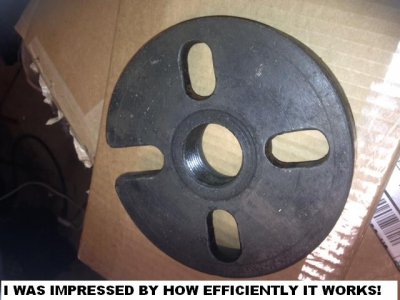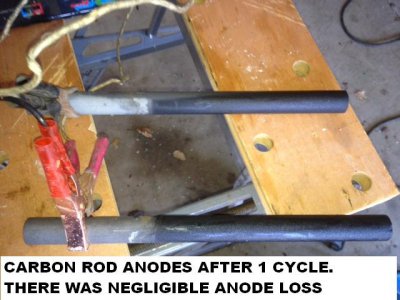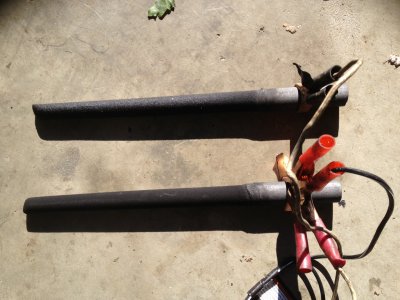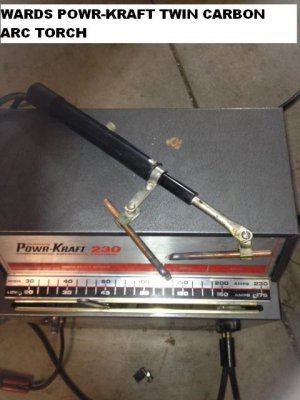- Joined
- Jan 2, 2011
- Messages
- 331
Re: 1940 South Bend 11" 111B 105014 IQR Rebuild By Ulma Doctor
Well here's a test.. put on some acetome on the piece and scrub with a wire brush.. if black residue apperars, then more cleaning is needed. But then again Im sure your method has been done before with satisfactory results.. I guess it's the level you are aming for.
I thoroughly clean any parts for painting with Acetone and haven't had a problem from this yet. I just looked at the first coat on the headstock I put on yesterday and it appears fine and normal. We'll see how it goes.
Well here's a test.. put on some acetome on the piece and scrub with a wire brush.. if black residue apperars, then more cleaning is needed. But then again Im sure your method has been done before with satisfactory results.. I guess it's the level you are aming for.





